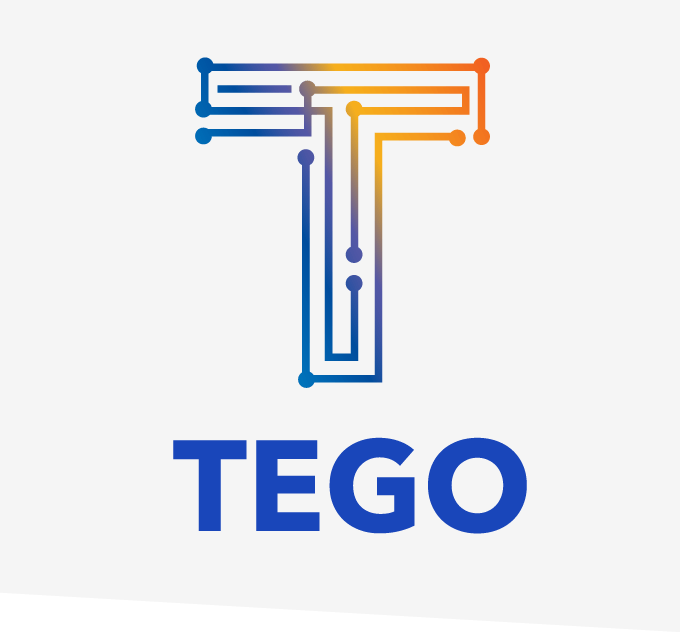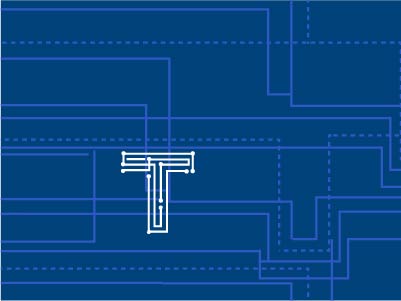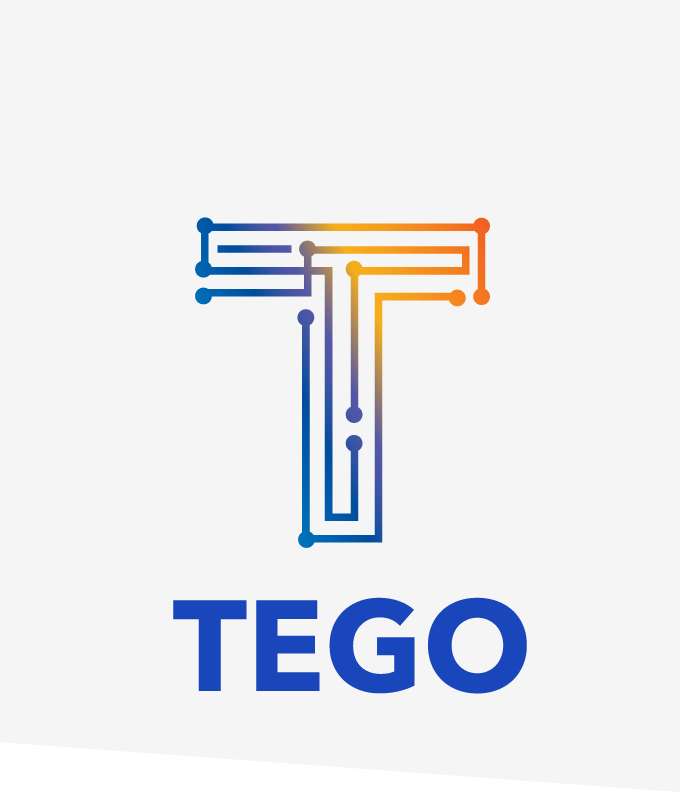I just finished presenting at RFID Journal’s virtual event: “RFID in Aerospace and Aviation.”
The approach I took was to provide a history of tagging flyable parts on aircraft. I think it’s a very interesting story and there are a lot of insights to be gained by looking back over the past ten years. There have been some key market drivers along the way, and clear indications that the sector has embraced the value of high-memory tagging. The programs have not just gone according to plan, they have been accelerated well beyond the original rollout plans.
I won’t go over the whole presentation here, although I might do that at some point. If you missed it, here are the slides so you can at least see the timeline. But even better, the questions I got from the audience were interesting and many may appreciate the answers. So here they are with my paraphrased responses:
Do you have any plans to expand your product line to less rugged environments?
Yes, in fact we are already doing that. The tags we’ve produced for aerospace have all been rigid tags that work on metal and in environmental testing the TegoTags have outperformed every other tag available. The nameplate tag that we just introduced with Brady is also designed for harsh environments and even the printed surface can withstand things like Skydrol. But we also produce our own inlays and have tags that are more like traditional labels but carry the high-memory TegoChip; the label products are appropriate for less demanding environments. We will continue to expand both of these tag product lines.
Is there a list of assets that require high-memory vs 96-bit?
Airbus certainly maintains a list of which assets need which tag types. The way that list was generated was at the start of the A350 program they established three criteria to determine which parts would get tagged. Those criteria generated a list of 12,000 parts which they felt was too many for an introductory program. They added a fourth criteria which brought the number down to roughly 3000 per plane; about 750 unique parts. They’ve said they expect that number to increase in the future. While there are no 96-bit tags on any of their aircraft, some tags have more memory than others. Airbus has specified that all tags must be compliant with ATA Spec2000. Once they generated the list of 3000 parts to tag, they further specified the tags to be either “Multi-Record Tags” or “Dual-Record Tags” as defined in Spec 2000 (these used to be called “High-Memory Tags” and “Low-Memory Tags” in the standard). The Multi-Record Tags are 8 KBytes and used on maintenance items. The Dual-Record Tags are generally 2 to 8 kbits and used on life-limited parts.
How does a user ensure that data on a tag is the same as data in a centralized database? How is that synched in an airline’s database?
This is something that gets discussed often in the Spec 2000 standards group. It starts with using a reliable, bug-free software application to write the data onto the tag. This is where TegoView really shines because the program is stable and includes a lot of integrity checks on the data. Beyond that you essentially have a database on the tag and a database on the server and individual installations need to take steps to ensure they match. Going forward we would all like to see more safeguards here and this may be an appropriate topic to address in the standard.
Is there a way of determining what is the information of record, so if there is a discrepancy, which one is right?
Currently this needs to be handled by the individual installation. In the Delta Airlines tagging program that I talked about, Delta had to satisfy for themselves and the FAA that discrepancies could be detected and dealt with. In the standard we do have a little bit of information about what to do when errors are detected but this really needs to be addressed more completely in the future.
This is a topic that I would have liked to spend more time on in the webinar but had to keep it short to keep within the schedule. Smart synchronization can really enhance these types of systems so I plan to address this topic separately.
Are high capacity chips the future of RFID in Aerospace?
I used to tell people that I expect high-memory tags to live alongside standard tags; the result being very powerful hybrid systems. But as I see people becoming more comfortable with the technology, I believe their expectations will rise and they will constantly dream up more applications for User Memory. As high-memory tags become more commonplace, people will expect them to be everywhere. Just as in other areas of computing, whenever more memory becomes available, it immediately gets filled. And yes, I expect this will happen in aerospace RFID as well.
Are you seeing folks from other industries contacting you about using high memory applications?
Yes, this happens all the time. One of the things we’ve been seeing for a while now is that people in other industries are paying close attention to what has been going on in aerospace. They see the aerospace industry as an example of companies working to put standards in place and deploying an industry-wide solution that benefits all players, and they want to leverage that effort and experience. People have come to us and asked if we can help them create standards that serve their own industry and deploy the systems they need. Oil & gas is an example – they see themselves as similar to aerospace because they’re often in these harsh environments where even electricity can be a luxury so they certainly can’t rely on network connectivity. High-memory tagging is a great solution for that. Disaster recovery for utility companies and communications providers is another common use-case that we hear about since during a disaster is exactly when you don’t have a network, so it’s important to have data stored with the asset on a high-memory tag.
Any further questions or comments? Hit me up in the comments or feel free to contact Tego’s RFID experts here.



